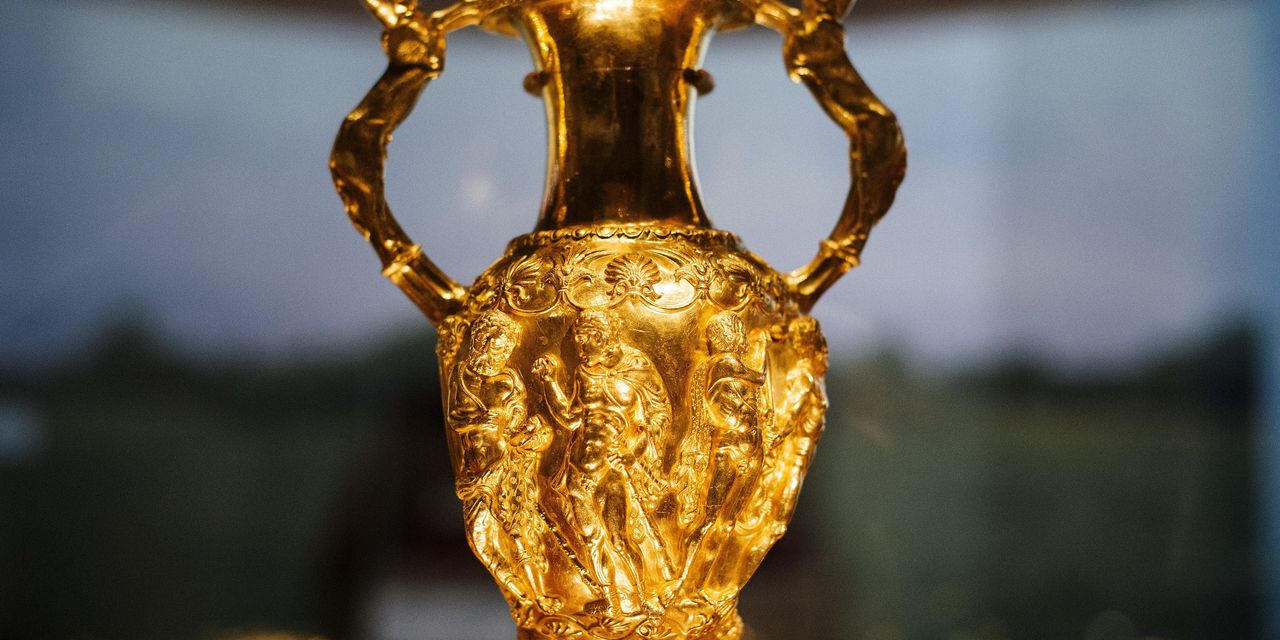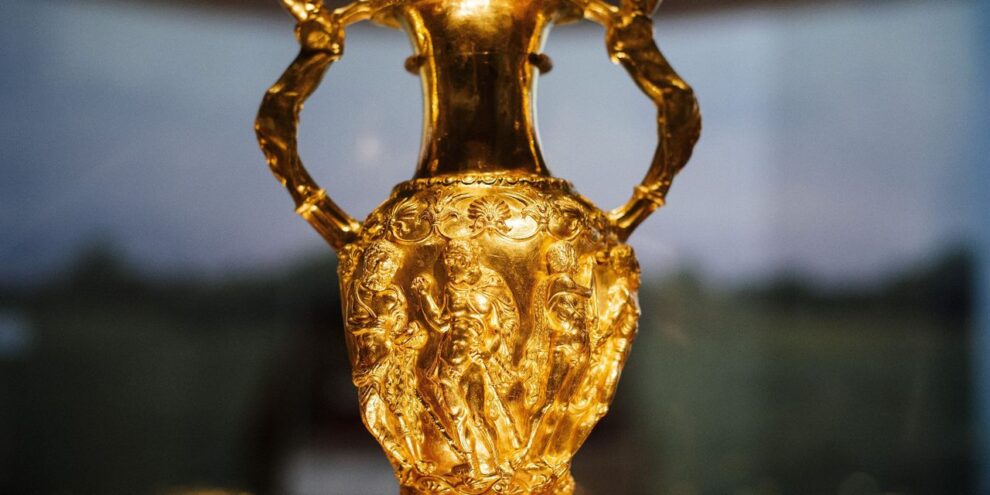
Gold ended lower on Friday, with prices posting their first weekly loss in four, after a higher reading on U.S. inflation as investors keep an eye on the conflict in Eastern Europe.
“What we’ve seen this year is a bid for gold put in early on,” especially through the month of February as the threat of invasion ramped up, said Adam Koos, president at Libertas Wealth Management Group. Now that the Russian invasion of Ukraine has taken place, “we have a ‘buy the news, sell the invasion’ theme playing out in the metals market.”
Russia said it was willing to send a delegation to Minsk, Belarus, for talks with Kyiv, according to news reports. The news helped to ease haven demand for gold and stoke appetite for assets perceived as risky.
April gold GCJ22, -1.89% GC00, -1.89% fell $38.70, or 2%, to settle at $1,887.60 an ounce, with prices based on the most-active contract down 0.6% for the week, according to Dow Jones Market Data. The weekly loss followed three-consecutive weeks of gains.
Prices for the metal had touched an intraday high during Thursday’s session at $1,976.50—the highest for a most-active contract since September 2020.
Part of the reason for the pullback in prices is “profit taking after the inability to break past $2,000,” said Chintan Karnani, director of research at Insignia Consultants, told MarketWatch.
Also, recent “better-than-expected U.S. economic data releases have also calmed the nerves of worried stock traders,” he said. “Everyone is worried about the negative impact of crude oil prices. The safe haven buyer has booked profit in gold.”
Among the U.S. economic data Friday, the Federal Reserve’s favorite inflation calculator rose by 0.6% in January. The increase in the so-called personal consumption expenditure price index points to still-intense inflationary pressures in the U.S. economy, with the gauge having climbed 6.1% in the past year to mark the fastest rate since February 1982.
A higher reading on inflation “will only encourage the Fed to stick to its plan of raising interest rates this year,” said Naeem Aslam, chief market analyst at AvaTrade, ahead of the data’s release. Given that, higher inflation readings will “likely cap significant upside movement in gold prices because, as interest rates rise, the opportunity cost of holding non-interest-bearing gold also rises, making it less appealing to investors.”
Also Friday, the reading on consumer spending rebounded in January and increased by a sharp 2.1% — more than the 1.6% gain expected by economists polled by The Wall Street Journal.
Meanwhile, orders for durable goods rose 1.6% last month, compared with the 0.8% rise expected by economists, and the final reading of U.S. consumer sentiment in February rose slightly to 62.8.
Despite the day’s pullback, gold enthusiasts see gold holding a compelling case for prospective investors in a diversified portfolio, particularly as the clash in Eastern Europe continues.
In other Comex dealings, May silver SIK22, -2.17%, which is now the most active, fell 2.8% to $24.017 an ounce, ending little changed for the week. May copper HGK22, +0.73% tacked on 0.5% to $4.485 a pound, for a weekly loss of 0.8%.
April platinum PLJ22, -0.62% lost 1.1% to $1,050.10 an ounce, ending down 2.5% for the week. June palladium PAM22, -4.95% dropped 5.4% to $2,365.70 an ounce, after Thursday’s 2.4% climb, posting a weekly rise of 1.2%.





